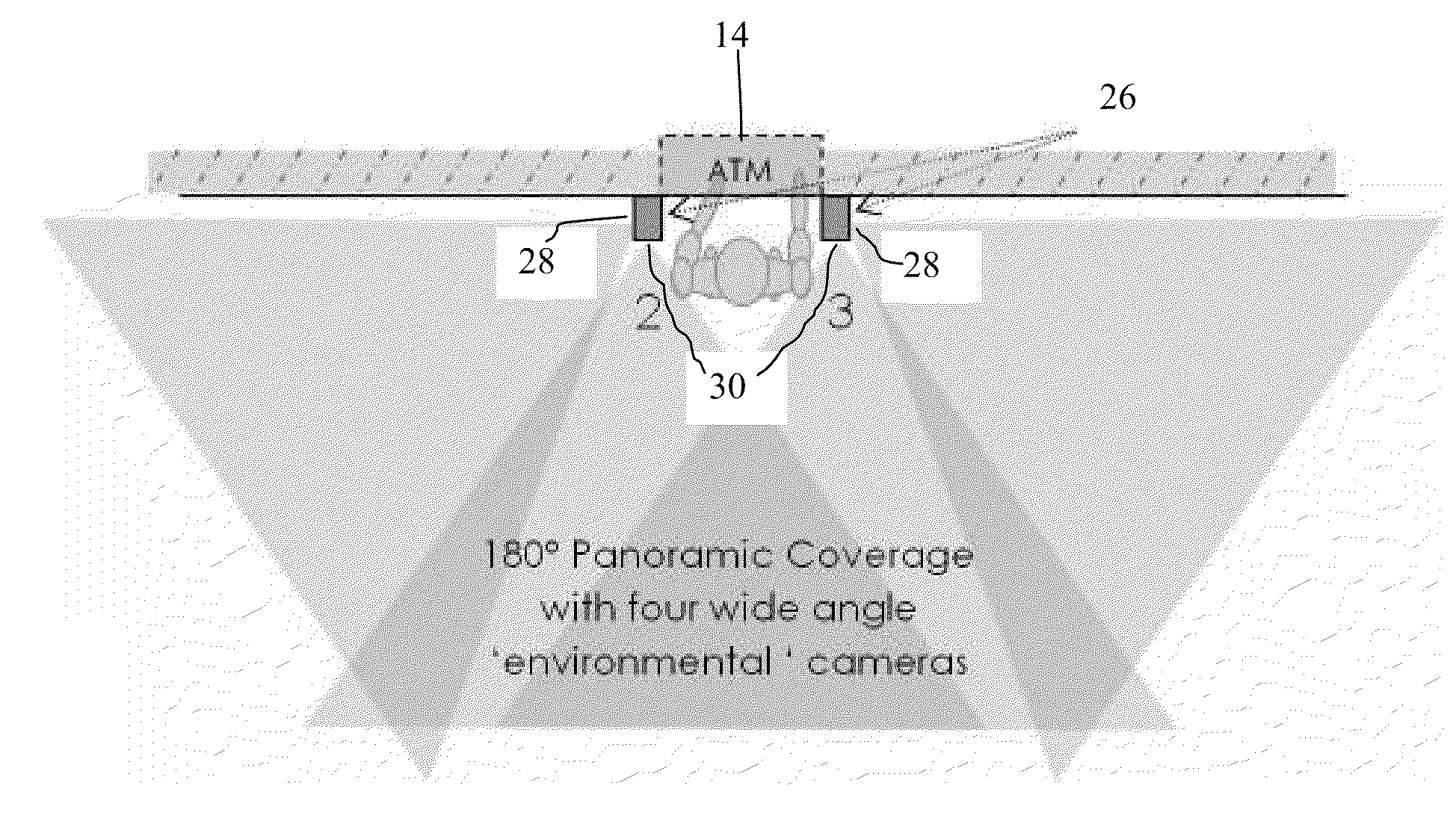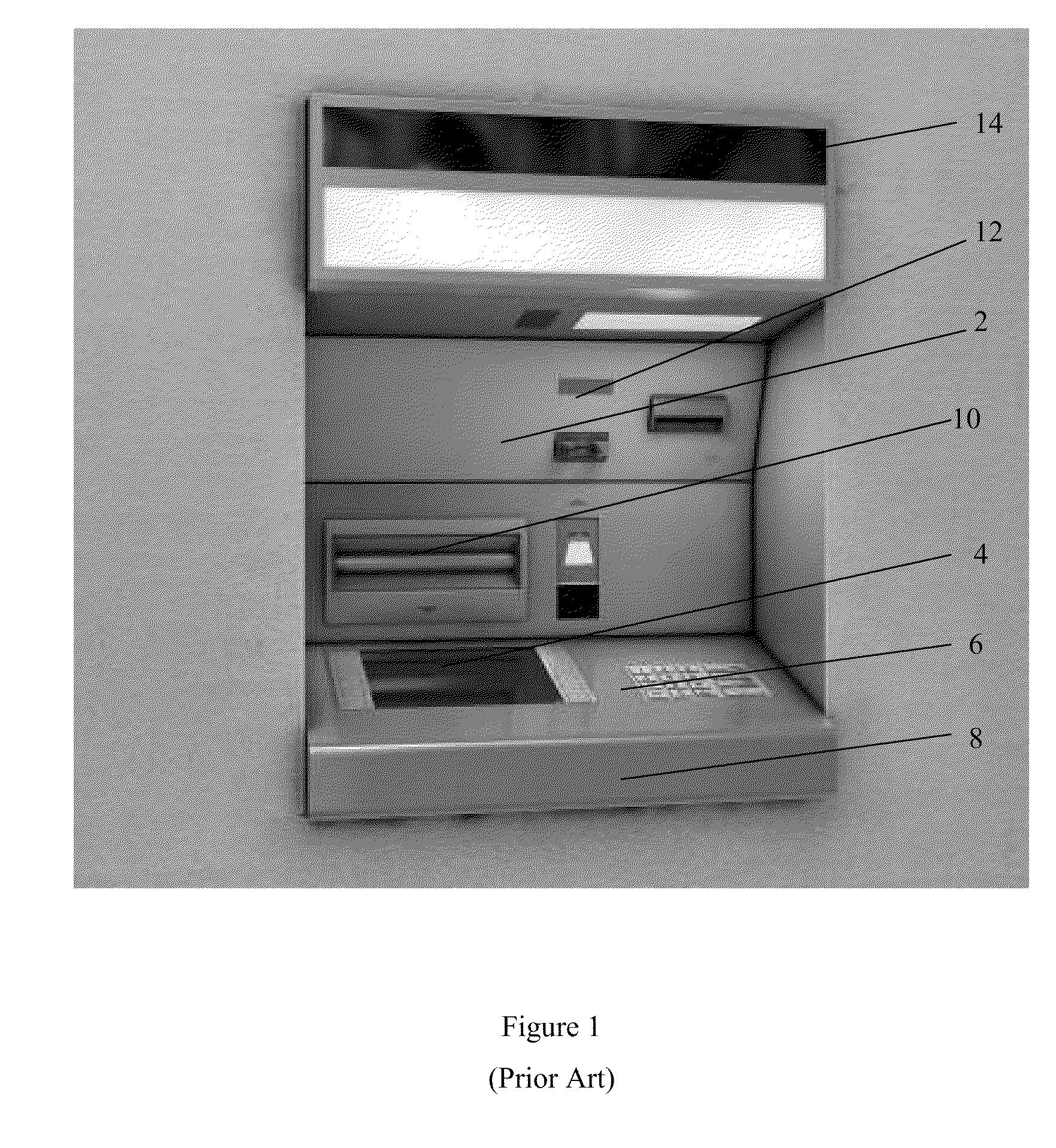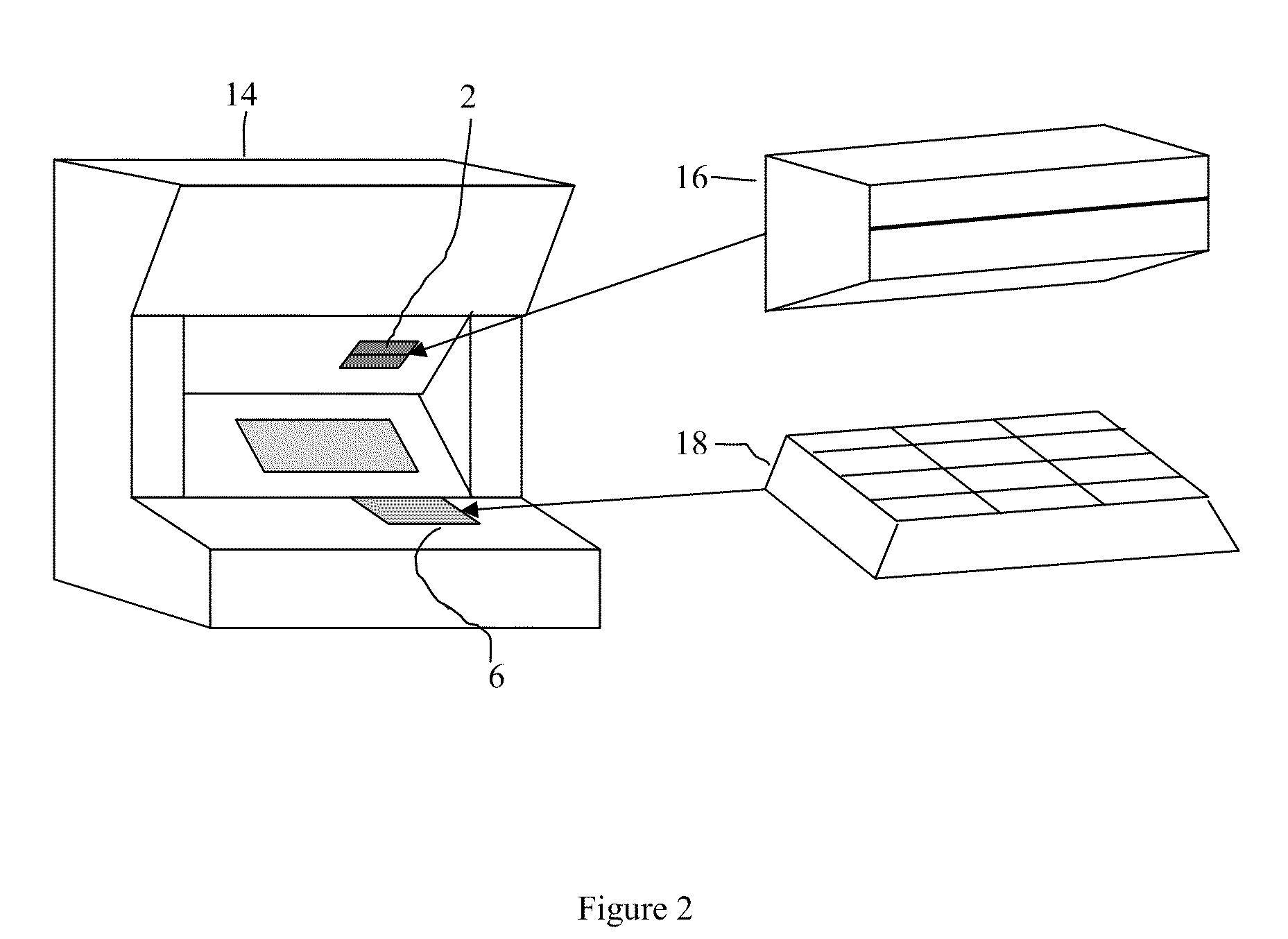Automatic Teller Machines (ATMs) are vulnerable to a variety of fraudulent attacks designed to withdraw money illegitimately.
Additionally, there are ATM customer reported incidents that may be fraud, or may be a genuine mistake by the customer.
The unauthorized use of genuine cards may vary from use by a family member or colleague, to an unknown
third party who has stolen a user's
ATM card.
Unfortunately, many people tend to keep the pin numbers for their ATM cards in close proximity to the card itself.
Ultimately the card owner is the person who loses out as they may be responsible for the monetary losses incurred by this type of
attack because it may be very difficult to prove that someone used their card without their approval.
Another type of direct
attack may take place when a criminal begins, or interrupts, a normal transaction, but manipulates the transaction in order to dupe the ATM into believing that the transaction was faulty, thereby causing the ATM to re-credit the account and terminate the transaction.
Yet another type of direct
attack is known as skimming, which involves compromising the ATM so that it fraudulently collects user's card details even while the ATM continues to operate.
The
weakness in the ATM's operation that allows this fraud to work is the exclusive reliance on the card's magnetic stripe.
Other features of the card are not checked, making this a quick and simple fraud to perpetrate with
bank cards that contain a magnetic stripe.
Typically the magnetic stripe data of a card is read fraudulently by placing a card-reader over the ATM's card-insert slot.
In this way the crime yields untraceable hard currency for its perpetrator before the victim is even aware that a crime has occurred.
However, there is one major hurdle to be overcome in these types of direct attack: the ATM user must enter a PIN to authorize use of the card.
Although such crime involves physically altering the ATM, most users are not able to recognize the disguised additional readers added to the ATM
fascia, which are often well-made to blend in with the genuine ATM
physical interface.
Incidents of these types of direct attacks are cyclical because preventative measures implemented by the
bank will evolve with the types of attacks that have been implemented, resulting in a
lag in the frequency of a particular mode of attack as the perpetrators conceive and develop new techniques of skimming.
Nevertheless, it represents a significant loss to banks.
The process of skimming often results in production of counterfeit and cloned cards.
The account numbers may be sold on
the internet to crime groups and can be compromised in markets all over the world.
Yet another type of direct attack is vandalism where a person or persons deliberately attack the ATM housing and
enclosure with the purpose of inflicting damage, presumably with the intent of recovering money from the damaged
machine.
This can be a significant problem especially in areas where the
bank is mandated to provide a service.
This makes them a target for criminals looking for a quick source of cash or easily disposable goods.
A cardholder may be assaulted and robbed either during or immediately after the ATM transaction.
This is relatively small but increasing incidence of crime.
This is becoming a crime of significant frequency, especially perpetrated on the more vulnerable customers of the ATM.
Additionally, ATM fraud may also be perpetrated by the legitimate user.
For example, a user may falsely deny that a transaction has taken place.
Another type of fraud instigated by a legitimate user is the denial that a transaction was completed.
This is hard to prove by either party.
ATM fraud is often undetected while in progress, and only discovered when account irregularities become apparent—usually after the criminals running the fraud have moved on to a new target ATM in another area.
Current approaches to
stemming ATM fraud are non-holistic in that they are reactionary after the fact.
The other issue is that in a large number of cases the bank faces a
scenario where they have to take someone at their word.
There are very few checks and balances that can lead to prosecution or a successful check of a reported crime.
A large amount of time is spent by the bank in customer relations rebuilding goodwill after an incident.
Disadvantageously, such measures may be designed around with relative ease, and are also susceptible to vandalism.
Such disabling devices require shielding, and are also invasive in nature.
Disadvantageously, these cameras are not integrated with the ATM and are not correlated with the transactions that occur at the ATM.
Among other disadvantages is that it has been common practice to run
video image analysis processes on the same
machine as the cameras that capture the sources.
 Login to View More
Login to View More  Login to View More
Login to View More 


